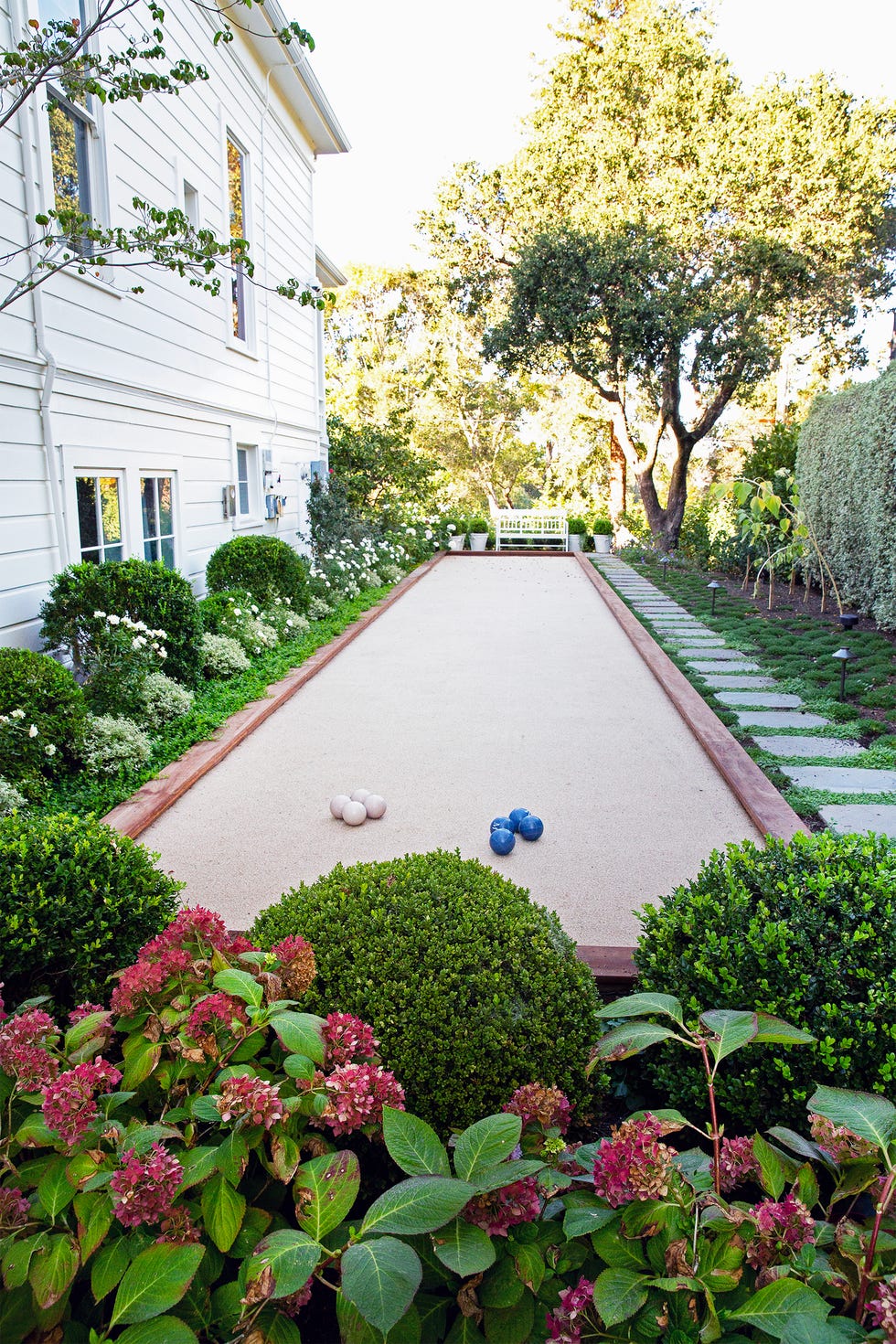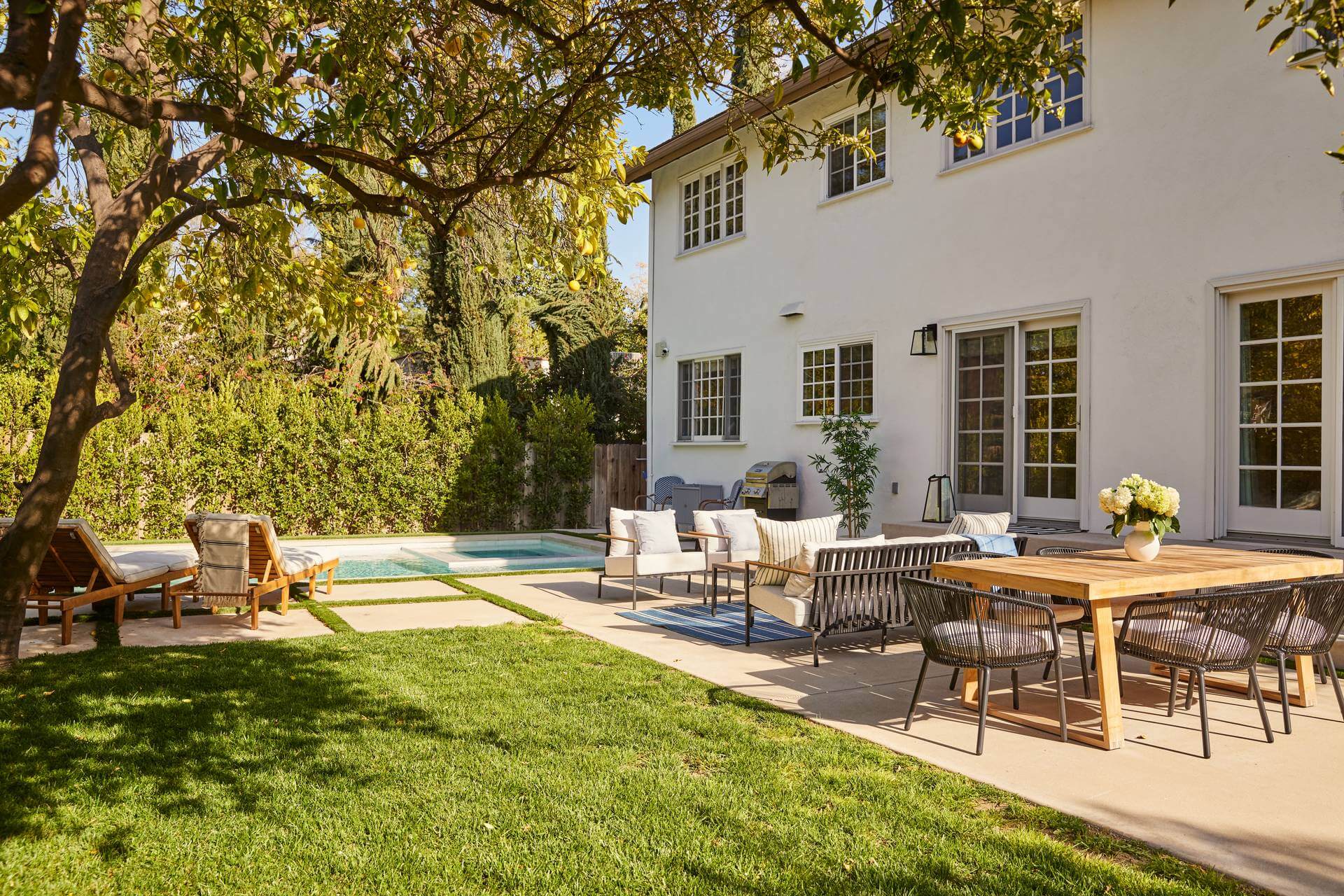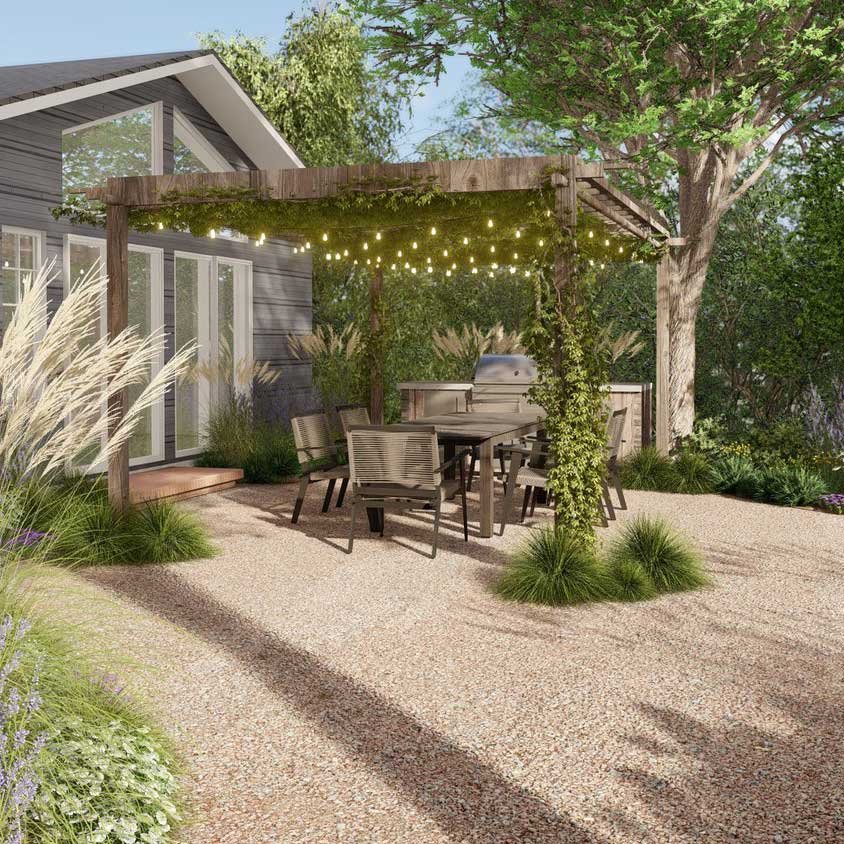Indicators on Landscapers You Need To Know
Table of ContentsLandscapers - QuestionsThe Ultimate Guide To LandscapersRumored Buzz on LandscapersExamine This Report on LandscapersLandscapers Can Be Fun For EveryoneIndicators on Landscapers You Need To Know
- A garden feature where water is represented by an aggregate stone product, typically a gravel or granite. These are most frequently found in modern-day and Japanese garden style.- A stone or natural flagstone outdoor patio, course, or sidewalk developed without a concrete base. The base would be compressed crushed rock and the joints would be an aggregate or walkable ground cover. - A stone preserving or free standing wall developed without using mortar. A very knowledgeable mason is needed for a dry stack stone wall. A lot of wall surfaces in Rose city are not dry stacked, even if they seem. - An underground framework that collect water and allows it to slow down percolate into the soil around it.
Landscape layout that is compatible with a websites' setting in both look and sustainability without adverse impacts to the atmosphere. Edging in the landscape is a line of demarcation that produces visual rate of interest in the yard by dividing one section from an additional sector.
Areas can additionally sense of "unit" provided by trees, various other growings, fences, or displays. The landscape near the entrance to a building. A tree, hedge or vine, educated to grow on a wall surface or fencing into a particular pattern. Especially useful for fruit trees, making it simple to harvest the fruit and containing mess.
The Facts About Landscapers Uncovered

The element in a landscape design or area in a landscape that is implied to be most famous. The prime focus can be a plant, rock, sculpture, collecting room, or various other landscape attribute. A design of yards or yard components that emphasize straight lines, appropriate angles and circles. Shrubs or hedges situated in beds near the structure of a home or various other framework.

An Unbiased View of Landscapers
Rock product, either rounded or fractured, that is reasonably small- generally 1" or less. Reduced plants that are allowed or motivated to spread out over an area. Can describe any "difficult" yard elements consisting of statuary or rocks but the majority of typically is utilized to describe paths, outdoor patios, and walls.: Elevation difference between the degree of water in a fish pond (or the level of the pump if it find out sits outside the fish pond) and the top outlet of water which affects efficiency of the water pump in gph (gallons per hour). Thick shrubs or trees that develop a fencing, display, or boundary.
Fencing boards that run flat, commonly made use of in modern-day or Japanese-inspired landscape layouts. Appropriate use of imaginary lines can help the landscape feel attached to the home and various other components.
An even more kicked back yard dominated by curved instead of straight bed lines and a much less inflexible framework. Conventional PNW landscapes are informal. A plant that spreads even more than preferred, or into habitats where it does damage. Rose city has a checklist of intrusive plants that ought to not be installed in landscapes because they can infect woodlands or rivers and be tough to manage.
The 7-Minute Rule for Landscapers
Can include head positionings and protection, pipeline sizing, GPM specs, and materials required to install this system. Certified specialist who creates landscapes, educated in engineering and design as well as in horticulture.
Landscape designers normally have less schooling than Landscape Architects and are not licensed. A completed landscape style, describing all components for the brand-new landscape.
Making use of lots of plantings of the same selection to load in an area in the landscape. This can lower upkeep and water usage in the garden.
A mix of cement, sand, and water that is made use of in rock masonry for setting stones and joints. A layer of compost or bark dust applied at the base of a plant. A mass planting of moss. A plant that was present in a geographical area before people started transforming the landscape.
Get This Report about Landscapers
Exactly how the garden or a yard aspect is organized in connection to an existing or new feature or to an instructions. Preserving a yard without making use of chemical herbicides, chemicals, or plant foods. Grasses that are not cut however expanded in landscapes as perennials. This is a partially open sided leisure or recreation area that joins a residence, used for enjoyable, outside eating and merely appreciating the browse around here outdoor atmosphere.

Little round gravel. Plants that offer seasonal rate of interest and after that pass away back in the winter months. Annuals do not see this website return the following season, however perennials do. Winter season lawn that is the most common turf grass in Portland, OR and the rest of the PNW.An open roofed framework over a patio area or various other landscape function.
Basalt aggregate ranging in size from 1/4" down to dust. The most typical landscape crushed rock in the PNW. Location of the landscape developed to manage water till it can soak into the ground. A chain that controls water as it takes a trip from a roofing system gutter to the ground. Yard framework that creates a growing location that is had and more than the surrounding quality.
Producing a yard feature being composed primarily of rocks with plantings that match and can thrive in the rocky setting. Sprinkler head style that revolves a stream of water across a location.
Landscapers Fundamentals Explained
